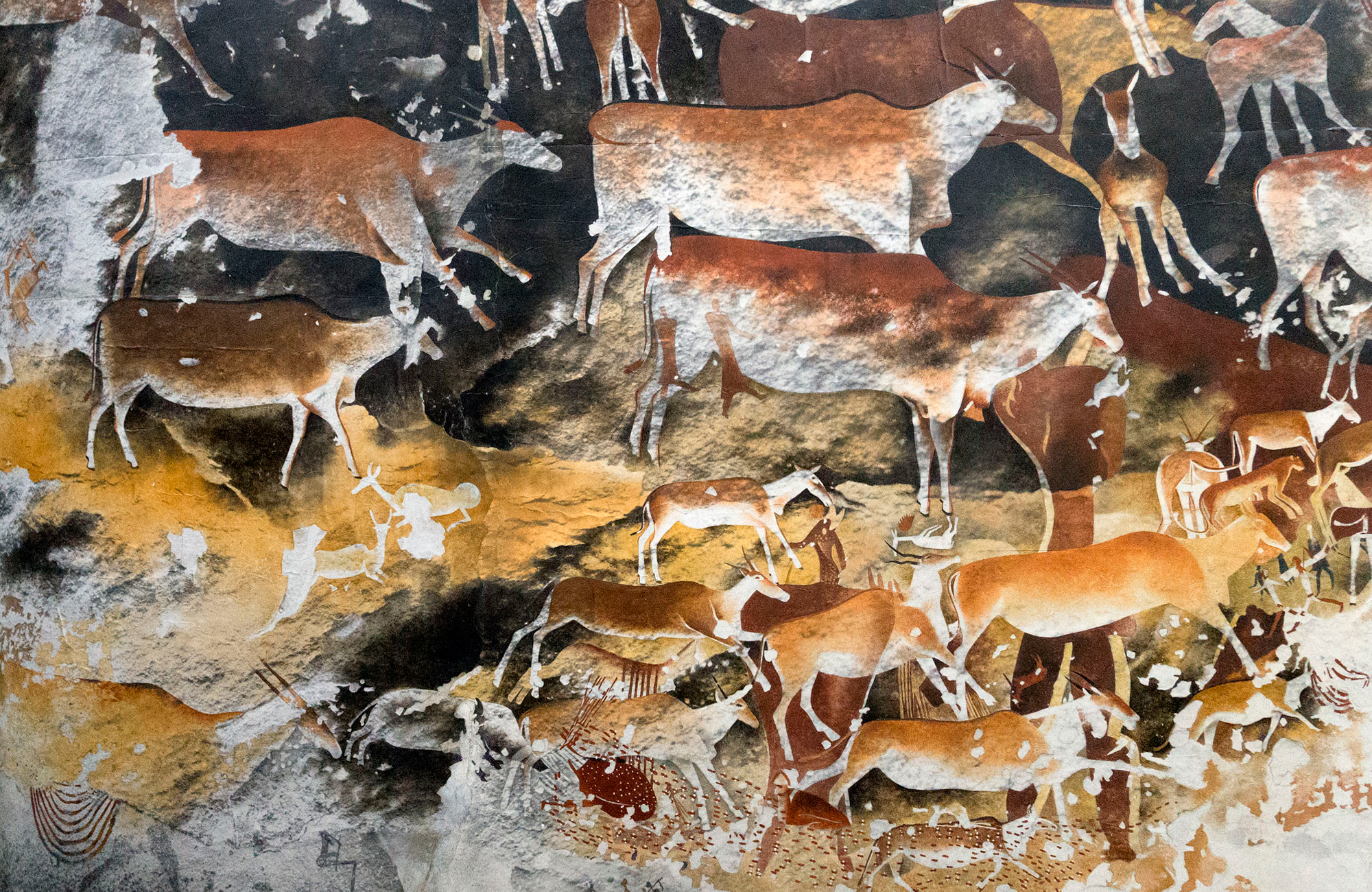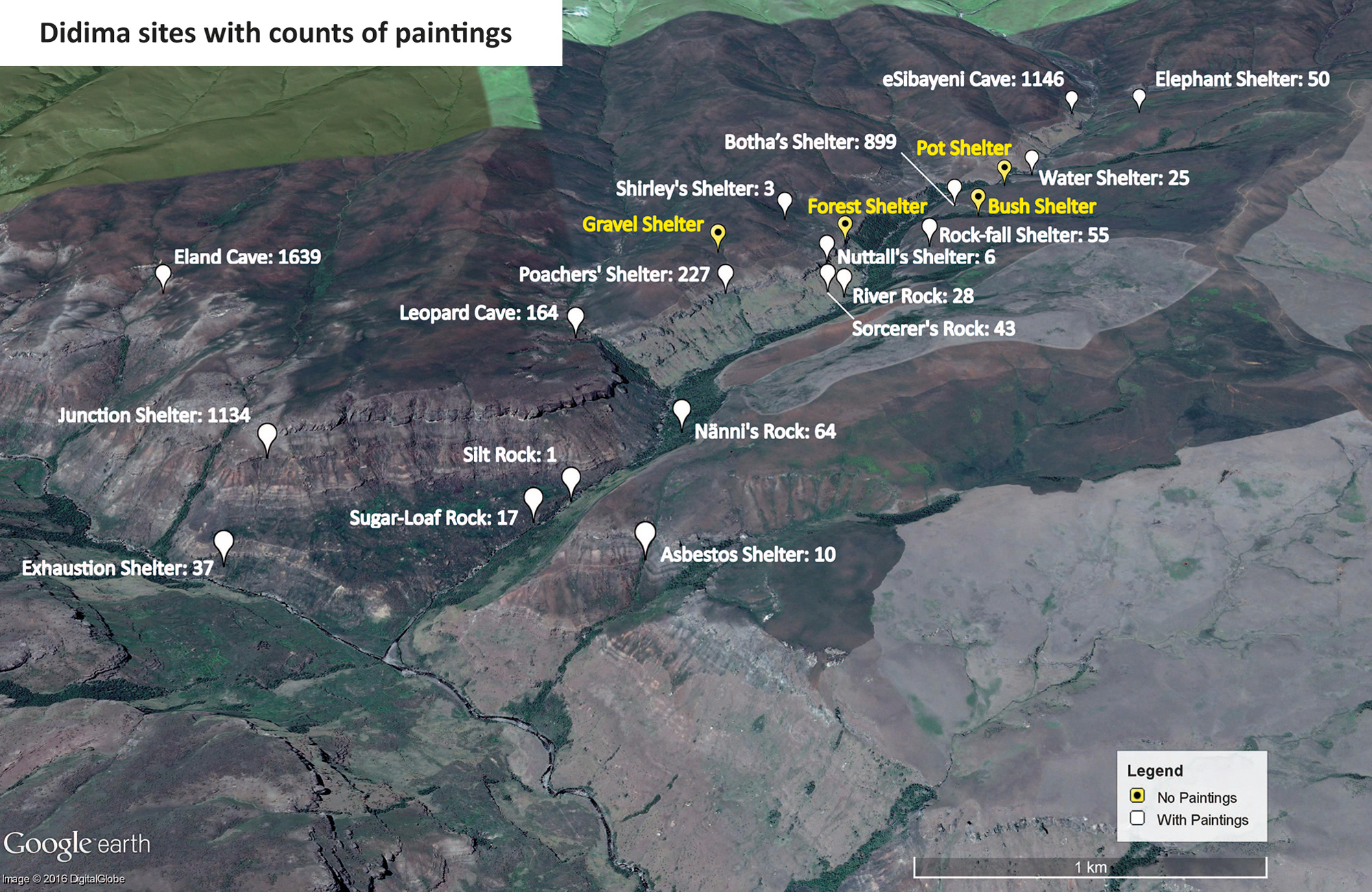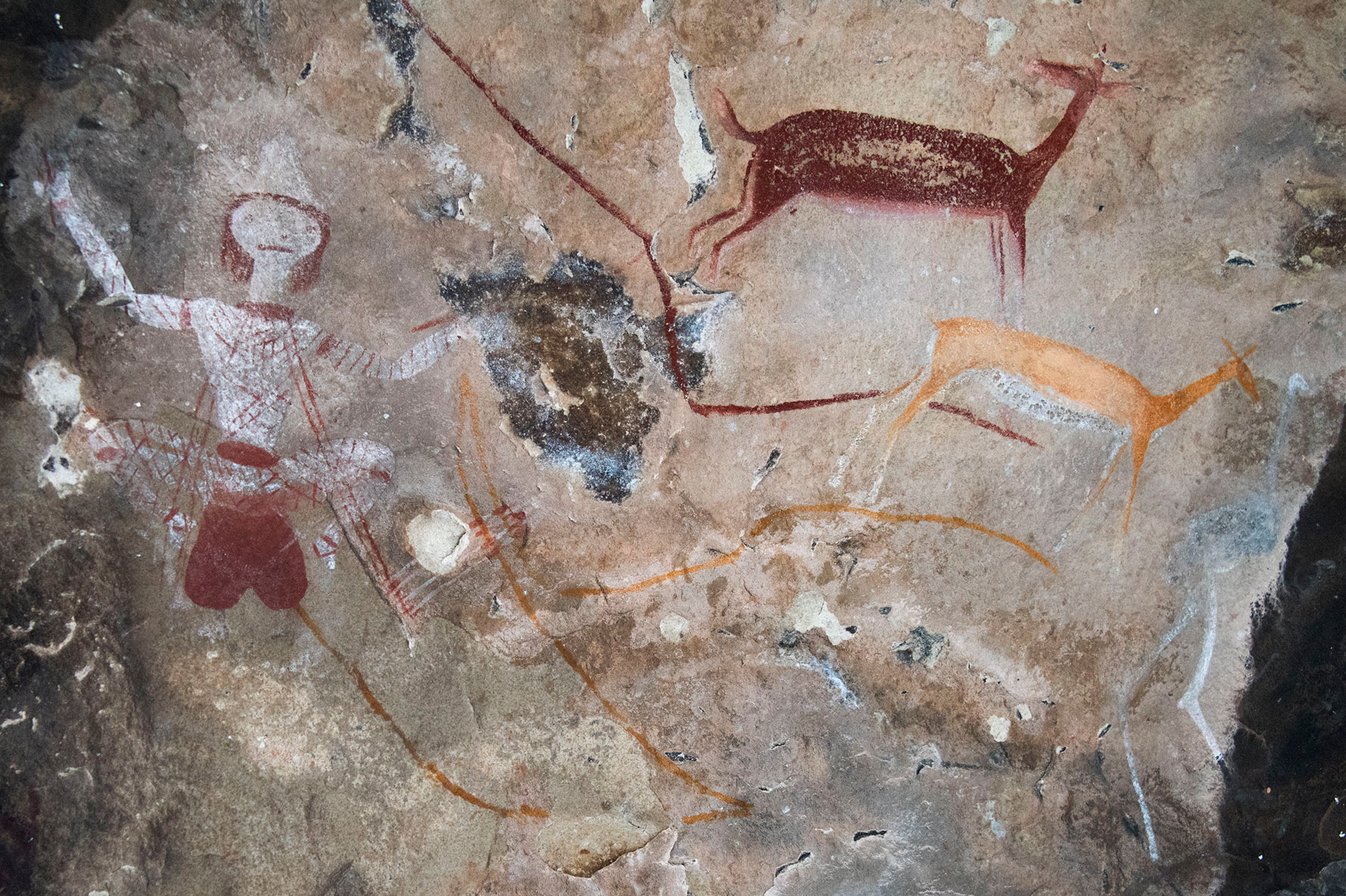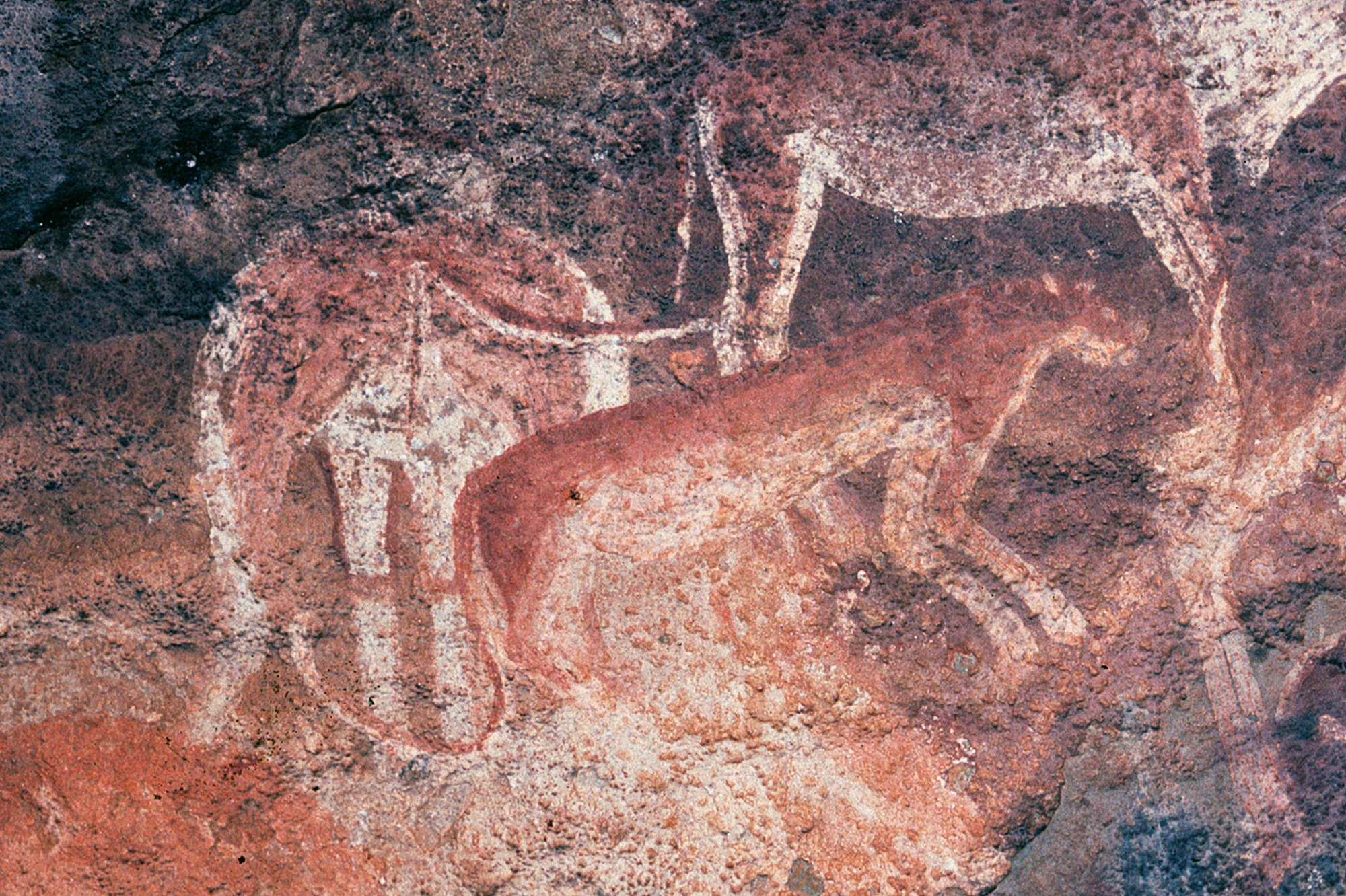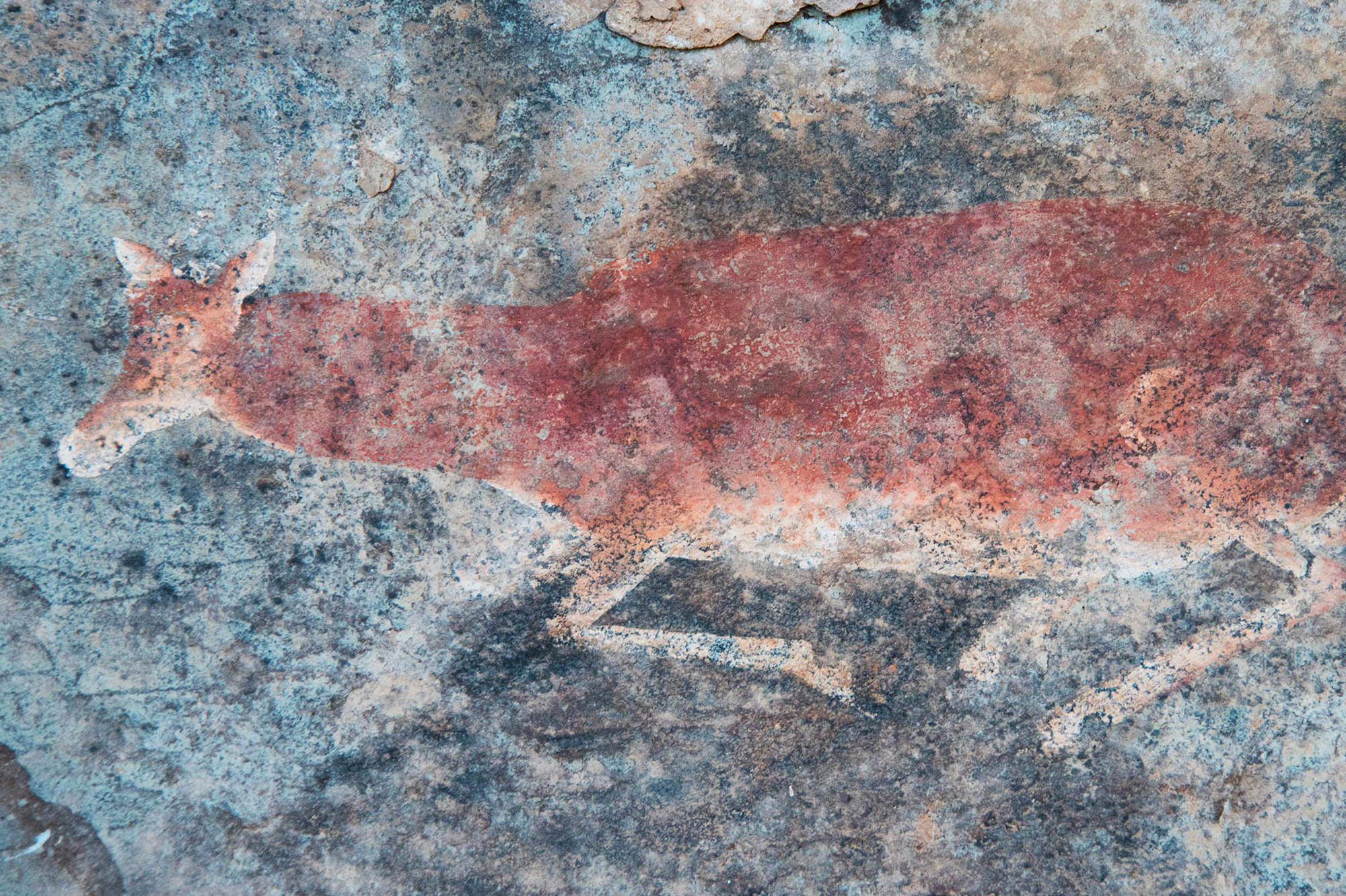
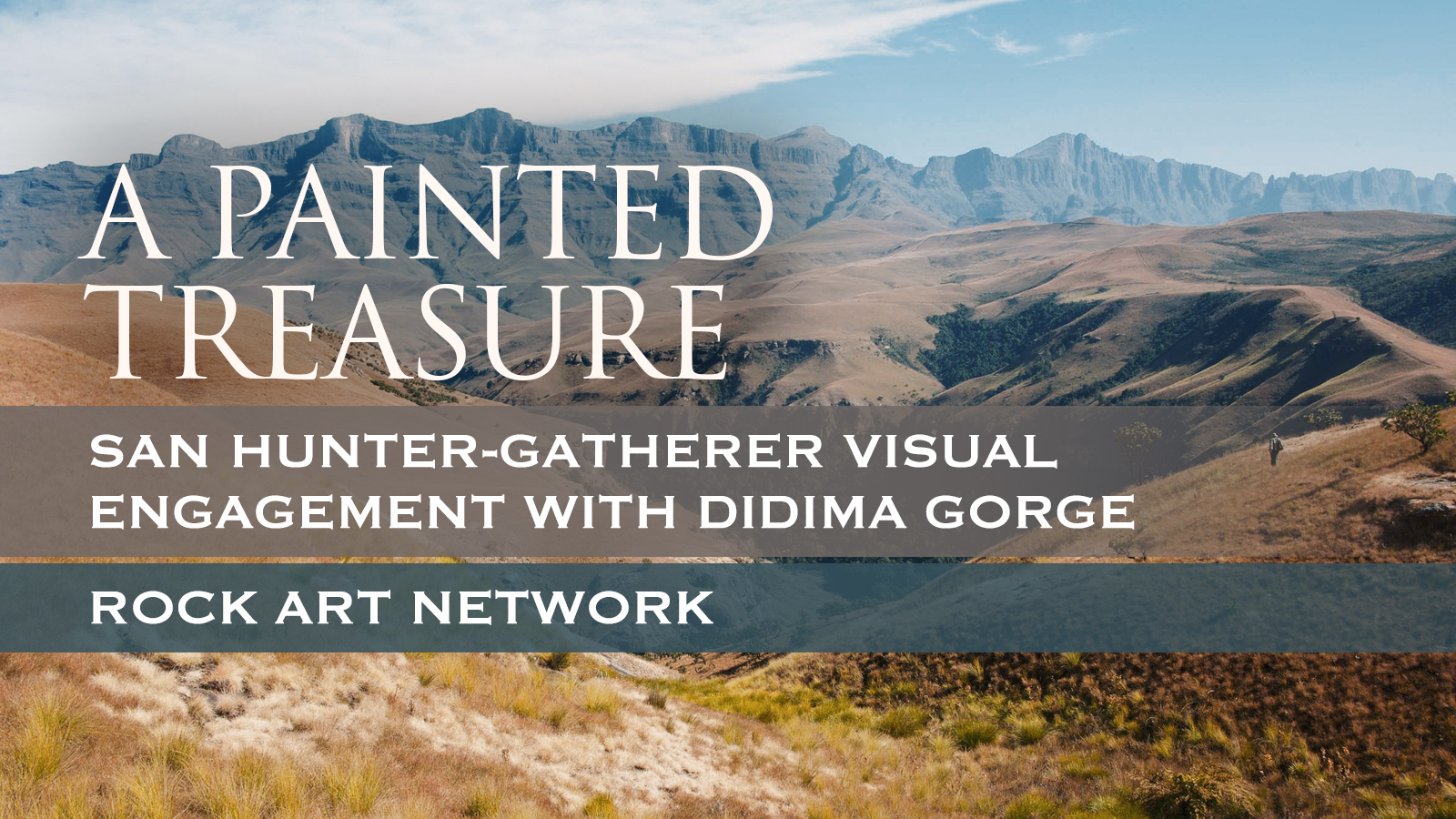
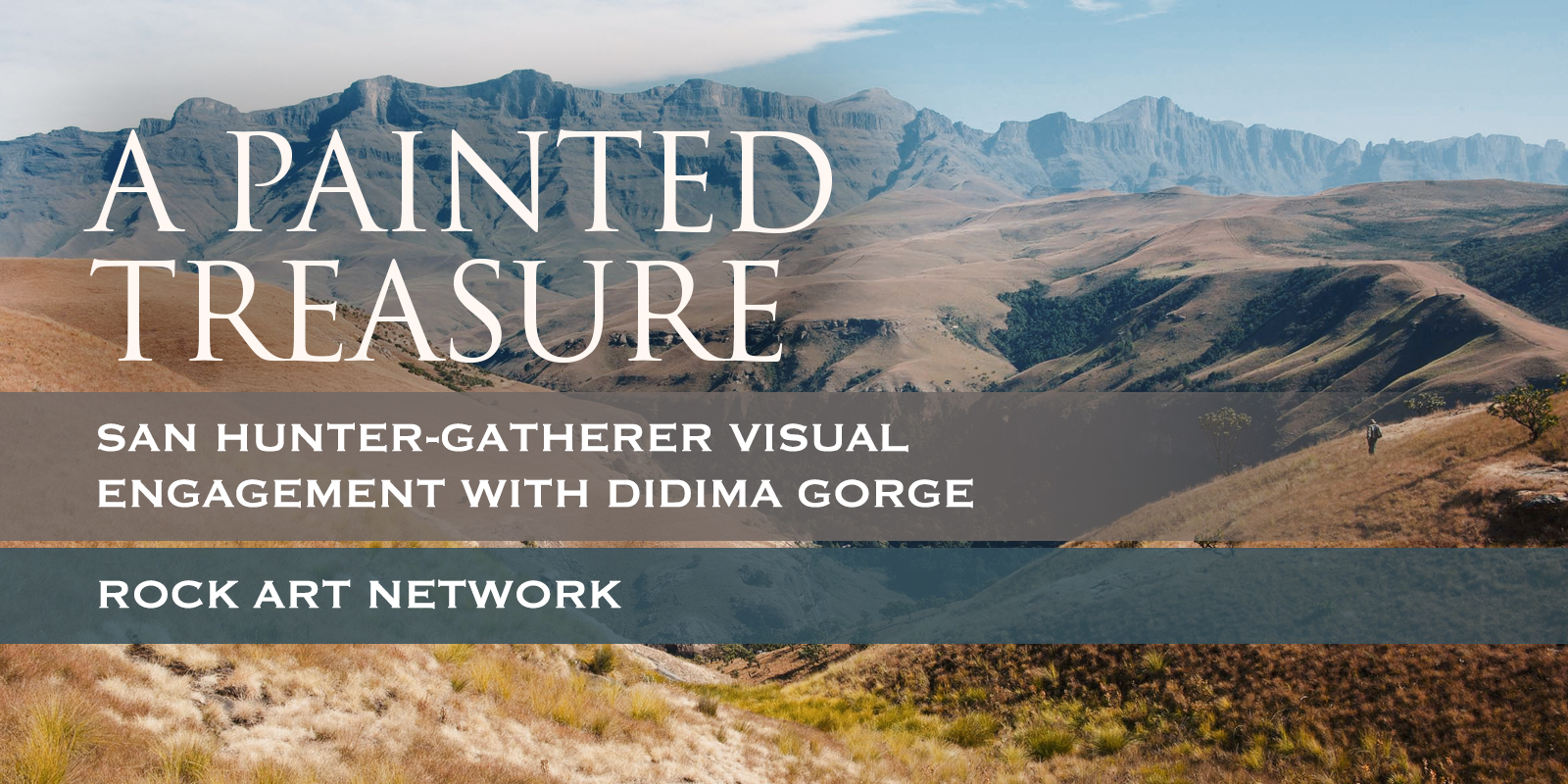
Aron Mazel
Newcastle University and University of the Witwatersrand
The San hunter-gatherers created an extraordinary painted assemblage in Didima Gorge, in the northern uKhahlamba-Drakensberg (Figure 1, Figure 2 and Figure 3). Multi-coloured and vibrant, these paintings were mostly done around 2000 years ago. Harald and Shirley-Ann Pager’s meticulous chronicling of them, in the mid-1960s, resulted in the lavishly illustrated monograph entitled ‘Ndedema: a documentation of the rock paintings of the Ndedema Gorge’ published, in 1971, by Akademische Druck. Each painting was individually described and redrawn to provide readers with a visual appreciation of them (Figure 4 and Figure 5). In total, the Pagers recorded 3909 paintings in 17 rock shelters (Figure 6). Reflecting on the abundance of Didima Gorge’s painted record, Harald Pager (1971: 2) noted that ‘not only [had they] selected the richest valley of rock art within the immediate neighbourhood, but the richest in the whole country. There is, to our knowledge, no other stretch of 5.5 km containing as many paintings anywhere in South Africa.’ This reflection, in all likelihood, still holds true!
Significantly, about 80% of the paintings made by the San in Didima Gorge occur in only three rock shelters: eSibayeni Cave - 1,146 paintings (Figure 7), Junction Shelter - 1,134 paintings (Figure 8), and Botha’s Shelter – 899 paintings (Pager 1971). Only two other sites in the whole of the uKhahlamba-Drakensberg contain more paintings than these three: Eland Cave - 1639 paintings (Pager 1971), which is about five km from the nearest Didima site (Figure 5), and Battle Cave (1235 paintings), which I recorded in 1980. This observation further emphasises the exceptional nature of the San’s Didima Gorge painted record.
It has been suggested the San chose this gorge as a place to paint extensively due to its exceptional acoustic properties (Mazel 2011). This inference was inspired by Harald Pager’s (1971: 89) comment that the Zulu name for the gorge means ‘reverberation and upheaval’, which happens during lightning strikes when the ‘echoing crashes of thunder… reverberate between sandstone cliffs of the narrow gorge’. Linguist, Peter Raper (2010, personal communication) believes that Didima ‘may be an adaptation of the /Xam [hunter-gatherer] word “!gum” meaning “to roar”. Archaeologists are increasingly appreciating the critical role that acoustics, such as reverberations and echoes, played in people selecting places to (i) undertake ritual and trance ceremonies and (ii) place rock paintings and engravings, especially as the influences of ‘rhythmic sound…is widely recognised as a means of contacting the spirit world’ (Lewis-Williams 2002: 224).
Evidence from the excavation of rock shelters and the dating of paintings within the vicinity of Didima indicate that the San intensified their settlement of the northern uKhahlamba-Drakensberg about 3000 years ago (Figure 9; Mazel and Watchman 2003, Wright and Mazel 2007). The San might have recognised the gorge’s profound acoustic properties around that time, which encouraged them to start performing ceremonies and making paintings in this place. It is thought that these associations were intensified around 2000 years when the San experienced uncertain times and heightened stress with the arrival of new people (i.e. agriculturists and possibly pastoralists) in the eastern part of southern Africa (Mazel 2009). With this, the San appear to have intensified their practice of painting, while also introducing innovations into the art, such as making shaded polychrome paintings, using foreshortening, and painting a greater variety of animals (for example, rhebuck, hartebeest, felines, and bees) (10, 11, 12, 13). It is likely that this efflorescence of painting came to an end when the San largely abandoned the northern uKhahlamba-Drakensberg for a thousand years around 1600 years ago, to live alongside agriculturists who had settled in the central Thukela basin away from the mountains.
Lewis-Williams, J.D. 2002. The Mind in the Cave: Consciousness and the Origins of Art. London: Thames and Hudson.
Mazel, A.D. 2009. Unsettled times: shaded polychrome paintings and hunter-gatherer history in the southeastern mountains of southern Africa. Southern African Humanities 21: 85–115.
Mazel, A.D., 2011. Time, Colour and Sound: Revisiting the rock art of Didima Gorge, South Africa. Time and Mind 4 (3): 283-296.
Mazel, A.D. and Watchman, A.L. 2003. The dating of rock paintings in the Natal Drakensberg and the Biggarsberg, KwaZulu-Natal, South Africa. Southern African Humanities 15: 59-73.
Pager, H., 1971. Ndedema: A Documentation of the Rock Paintings of the Ndedema Gorge. Graz: Akademische Druck.
→ Aron Mazel is with the Newcastle University, United Kingdom, and the University of the Witwatersrand, South Africa. aron.mazel@ncl.ac.uk
→ Animals in Rock Art
→ Reflecting Back: 40 Years Since ‘A Survey of the Rock Art in the Natal Drakensberg’ Project (1978-1981)
→ San rock art exhibition at the National Museum & Research Center of Altamira
→ Discover more about the Rock Art of South Africa
→ Discover more about the Rock Art of Africa
→ Members and affiliated institutions of the Rock Art Network
by
George Nash
5/09/2024 Recent Articles
→ Sigubudu: Paintings of people with guns in the northern uKhahlamba-Drakensberg
by Aron Mazel
22/07/2024
by Richard Kuba
13/06/2024
by Meenakshi Dubey-Pathak
8/03/2024
by Rock Art Network
6/02/2024
by Rock Art Network
14/12/2023
by Sam Challis
5/12/2023
by Aron Mazel
30/11/2023
by Sam Challis
21/11/2023
by Sam Challis
15/11/2023
by Sam Challis
10/11/2023
by Rock Art Network
6/11/2023
by Rock Art Network
3/11/2023
by Aron Mazel
2/11/2023
by Meenakshi Dubey-Pathak
26/09/2023
by Paul Taçon
24/08/2023
by Aron Mazel
13/06/2023
by Paul Taçon
5/06/2023
by Paul Taçon
15/03/2023
by George Nash
14/03/2023
by Noel Hidalgo Tan
10/02/2023
by George Nash
01/02/2023
by Meenakshi Dubey-Pathak, Pilar Fatás Monforte
29/11/2022
by Aron Mazel, George Nash
21/09/2022
by Paul S.C. Taçon, Sally K. May, Ursula K. Frederick, Jo McDonald
07/07/2022
by Meenakshi Dubey-Pathak
26/07/2022
by Paul Taçon
20/07/2022
by David Coulson
16 June 2022
by Paul Taçon
25 April 2022
by Noel Hidalgo Tan
20 April 2022
by Meenakshi Dubey-Pathak
14 March 2022
by Carolyn Boyd & Pilar Fatás
02 March 2022
by David Coulson
07 February 2022
by Johannes H. N. Loubser
06 February 2022
by Meenakshi Dubey-Pathak
05 February 2022
by Aron Mazel
28 January 2022
by Aron Mazel
8 September 2021
by David Coulson
17 August 2021
by Ffion Reynolds
21 June 2021

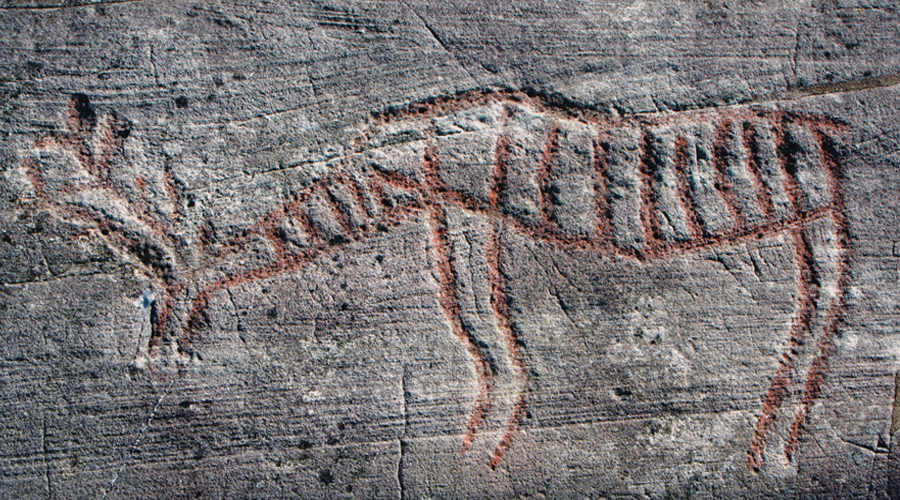
by Aron Mazel
22/07/2024
by Richard Kuba
13/06/2024
by Meenakshi Dubey-Pathak
8/03/2024
by Rock Art Network
6/02/2024
by Rock Art Network
14/12/2023
by Sam Challis
5/12/2023
by Aron Mazel
30/11/2023
by Sam Challis
21/11/2023
by Sam Challis
15/11/2023
by Sam Challis
10/11/2023
by Rock Art Network
6/11/2023
by Rock Art Network
3/11/2023
by Aron Mazel
2/11/2023
by Meenakshi Dubey-Pathak
26/09/2023
by Paul Taçon
24/08/2023
by Aron Mazel
13/06/2023
by Paul Taçon
5/06/2023
by Paul Taçon
15/03/2023
by George Nash
14/03/2023
by Noel Hidalgo Tan
10/02/2023
by George Nash
01/02/2023
by Meenakshi Dubey-Pathak, Pilar Fatás Monforte
29/11/2022
by Aron Mazel, George Nash
21/09/2022
by Paul S.C. Taçon, Sally K. May, Ursula K. Frederick, Jo McDonald
07/07/2022
by Meenakshi Dubey-Pathak
26/07/2022
by Paul Taçon
20/07/2022
by David Coulson
16 June 2022
by Paul Taçon
25 April 2022
by Noel Hidalgo Tan
20 April 2022
by Meenakshi Dubey-Pathak
14 March 2022
by Carolyn Boyd & Pilar Fatás
02 March 2022
by David Coulson
07 February 2022
by Johannes H. N. Loubser
06 February 2022
by Meenakshi Dubey-Pathak
05 February 2022
by Aron Mazel
28 January 2022
by Aron Mazel
8 September 2021
by David Coulson
17 August 2021
by Ffion Reynolds
21 June 2021
Friend of the Foundation


by Aron Mazel
22/07/2024
by Richard Kuba
13/06/2024
by Meenakshi Dubey-Pathak
8/03/2024
by Rock Art Network
6/02/2024
by Rock Art Network
14/12/2023
by Sam Challis
5/12/2023
by Aron Mazel
30/11/2023
by Sam Challis
21/11/2023
by Sam Challis
15/11/2023
by Sam Challis
10/11/2023
by Rock Art Network
6/11/2023
by Rock Art Network
3/11/2023
by Aron Mazel
2/11/2023
by Meenakshi Dubey-Pathak
26/09/2023
by Paul Taçon
24/08/2023
by Aron Mazel
13/06/2023
by Paul Taçon
5/06/2023
by Paul Taçon
15/03/2023
by George Nash
14/03/2023
by Noel Hidalgo Tan
10/02/2023
by George Nash
01/02/2023
by Meenakshi Dubey-Pathak, Pilar Fatás Monforte
29/11/2022
by Aron Mazel, George Nash
21/09/2022
by Paul S.C. Taçon, Sally K. May, Ursula K. Frederick, Jo McDonald
07/07/2022
by Meenakshi Dubey-Pathak
26/07/2022
by Paul Taçon
20/07/2022
by David Coulson
16 June 2022
by Paul Taçon
25 April 2022
by Noel Hidalgo Tan
20 April 2022
by Meenakshi Dubey-Pathak
14 March 2022
by Carolyn Boyd & Pilar Fatás
02 March 2022
by David Coulson
07 February 2022
by Johannes H. N. Loubser
06 February 2022
by Meenakshi Dubey-Pathak
05 February 2022
by Aron Mazel
28 January 2022
by Aron Mazel
8 September 2021
by David Coulson
17 August 2021
by Ffion Reynolds
21 June 2021
Friend of the Foundation




